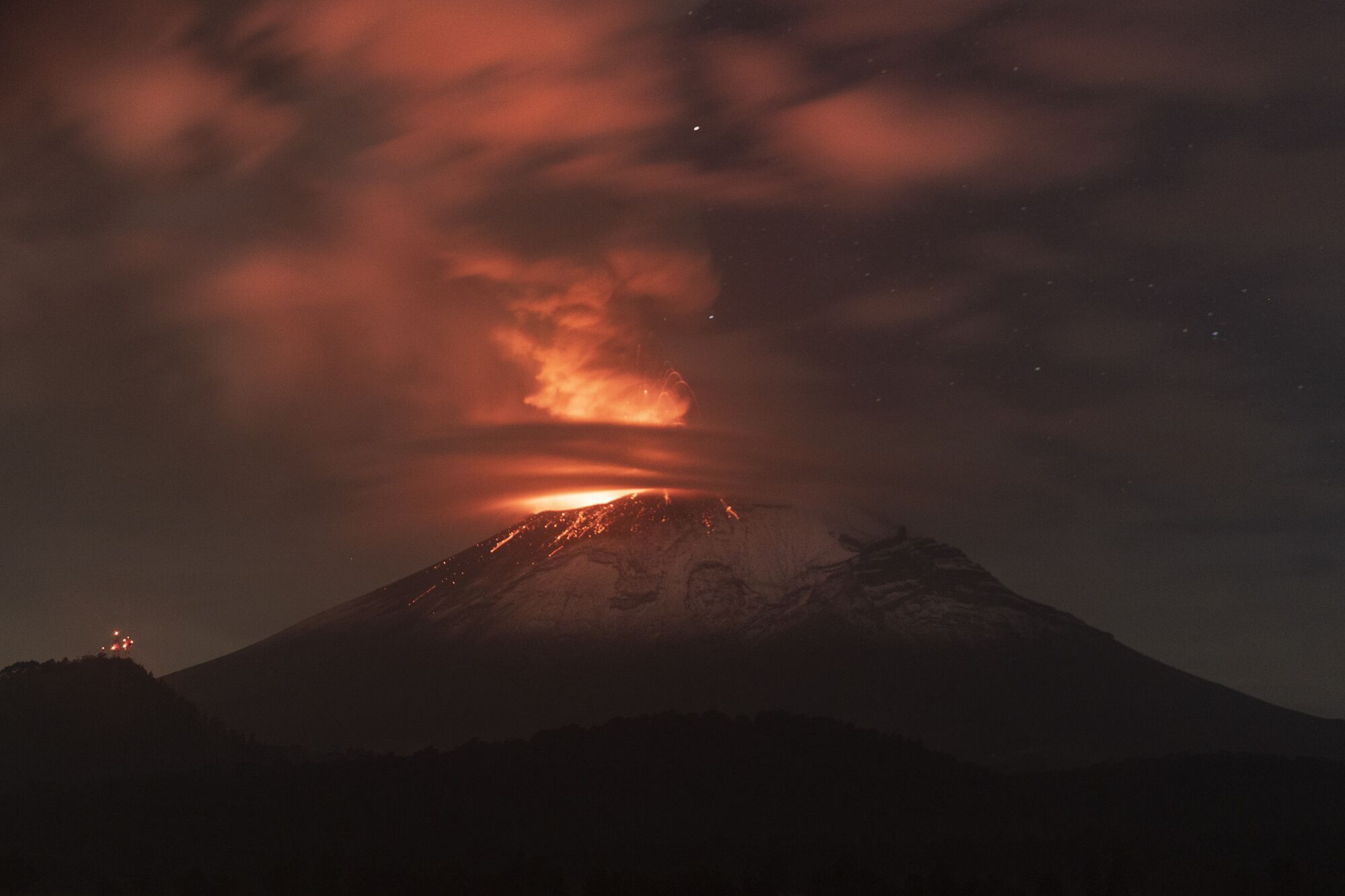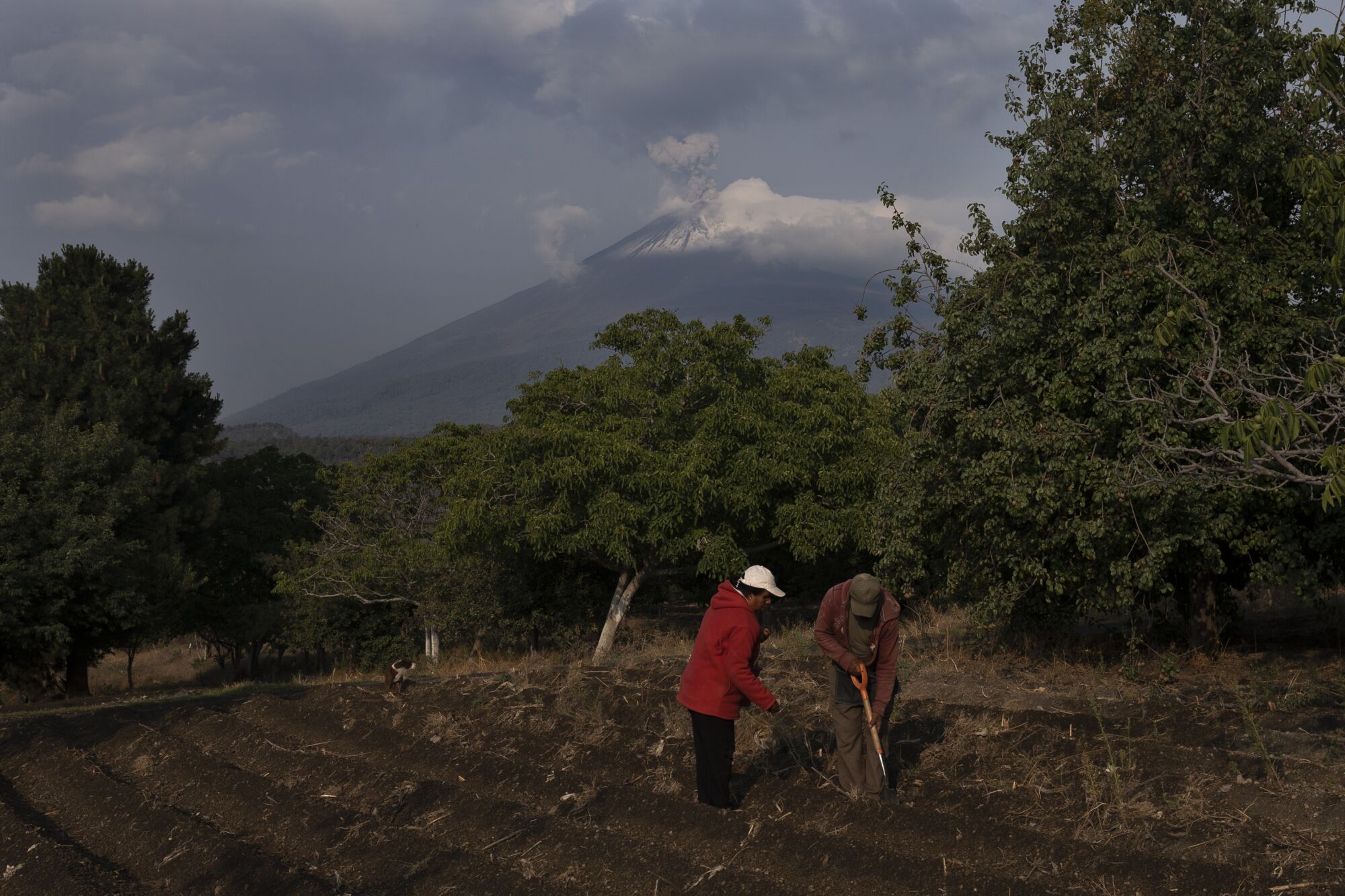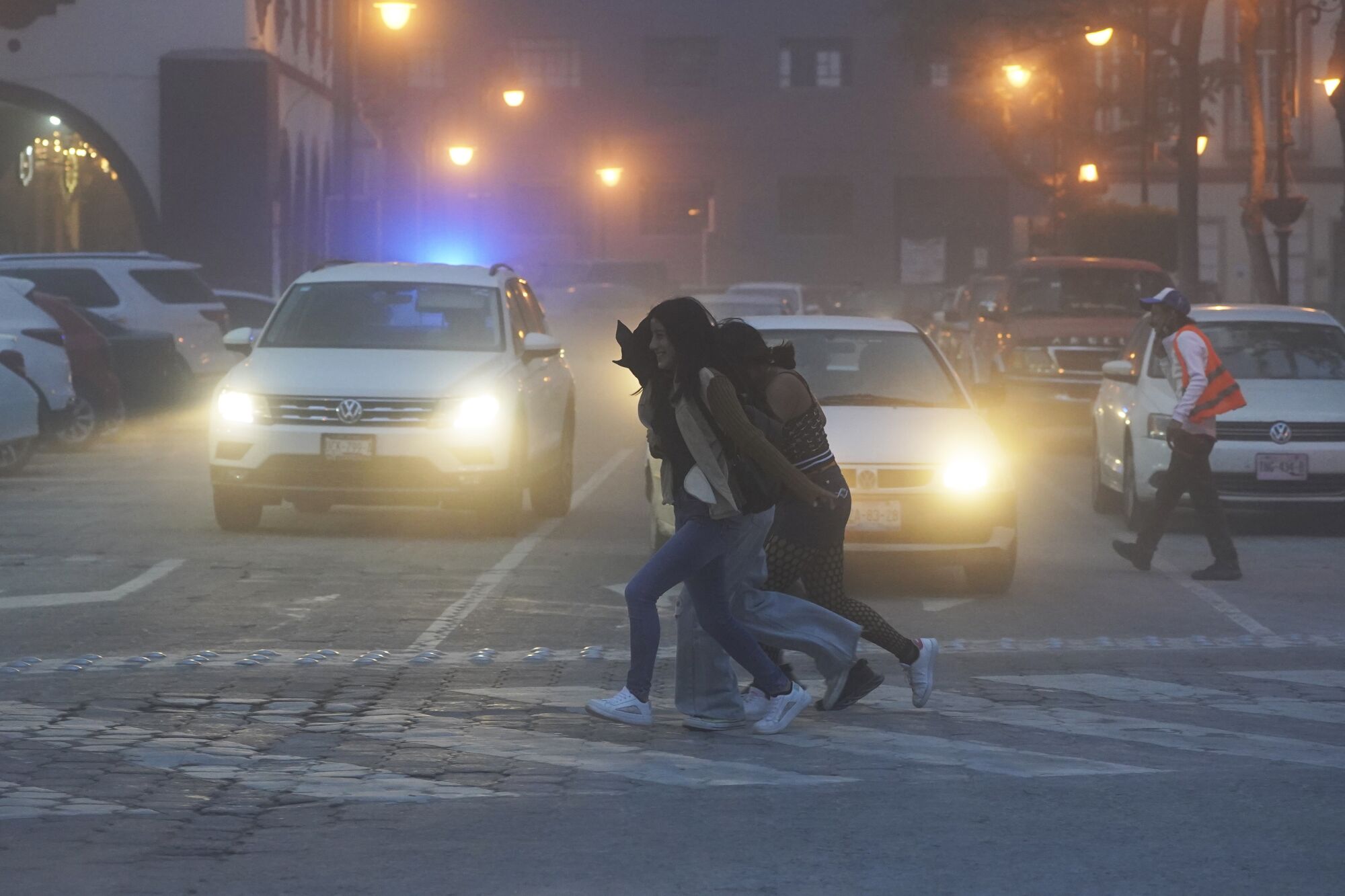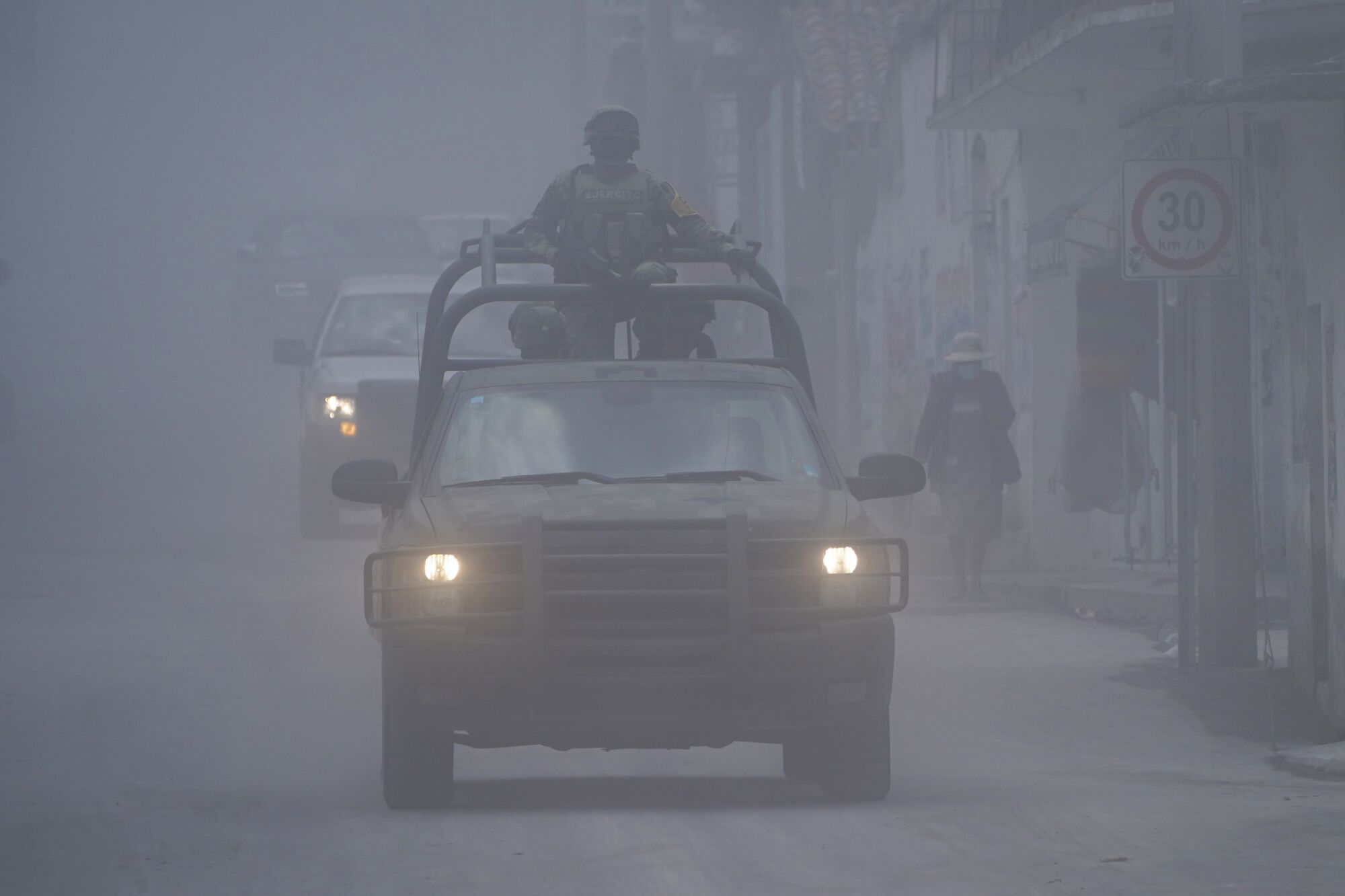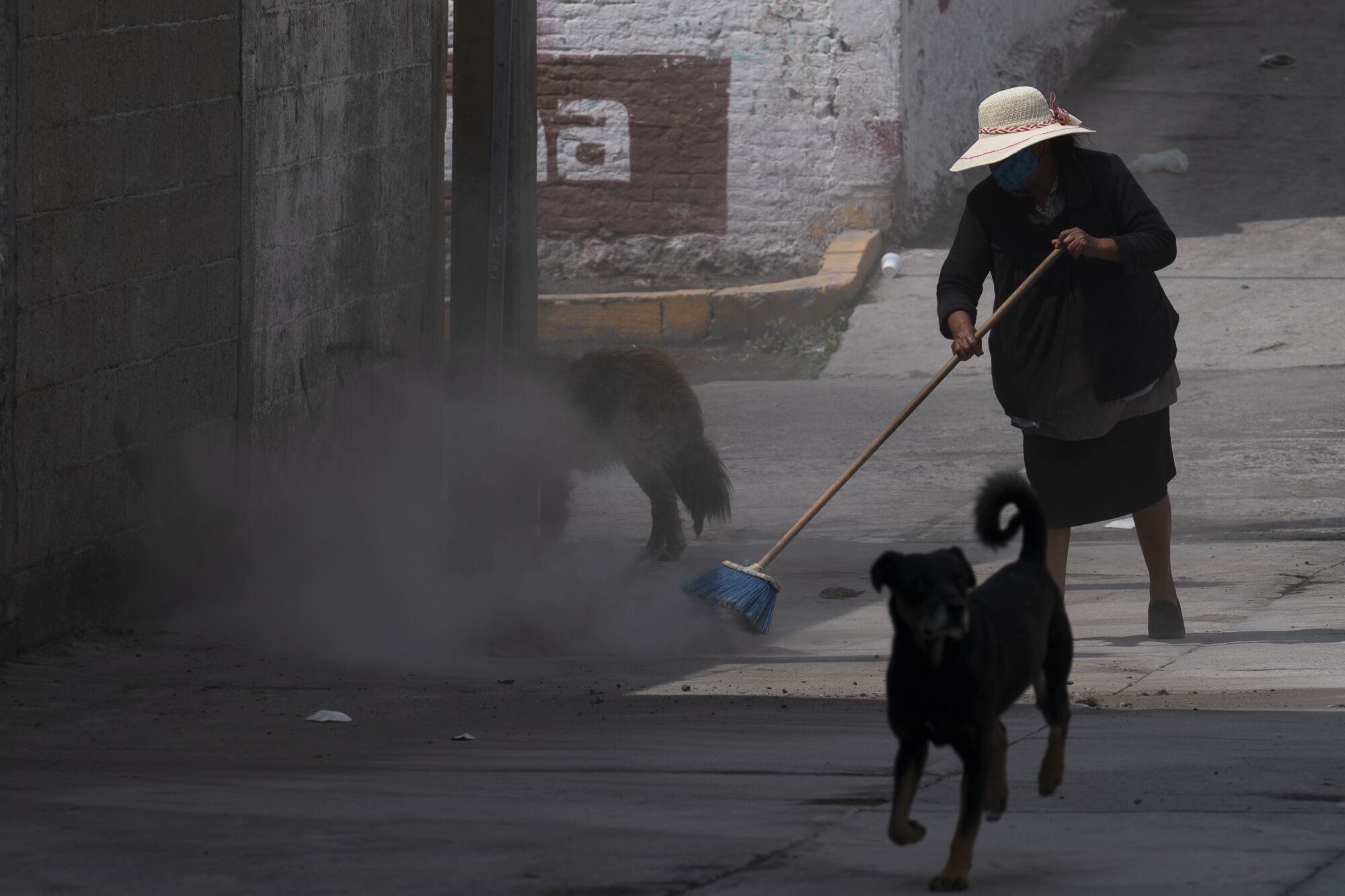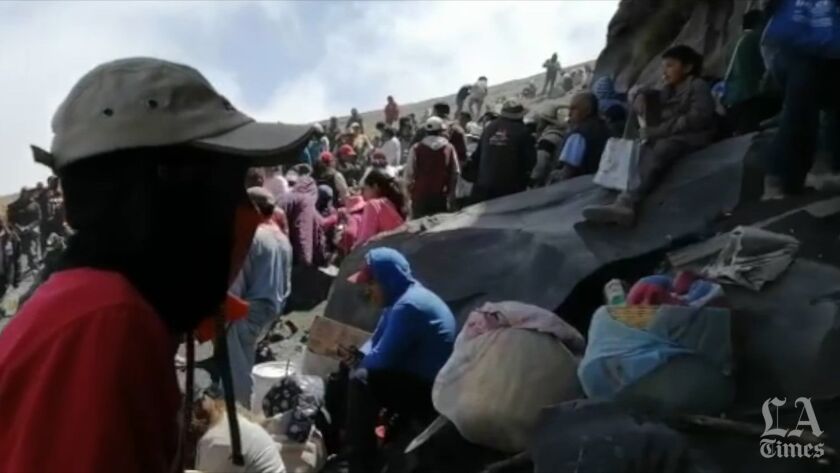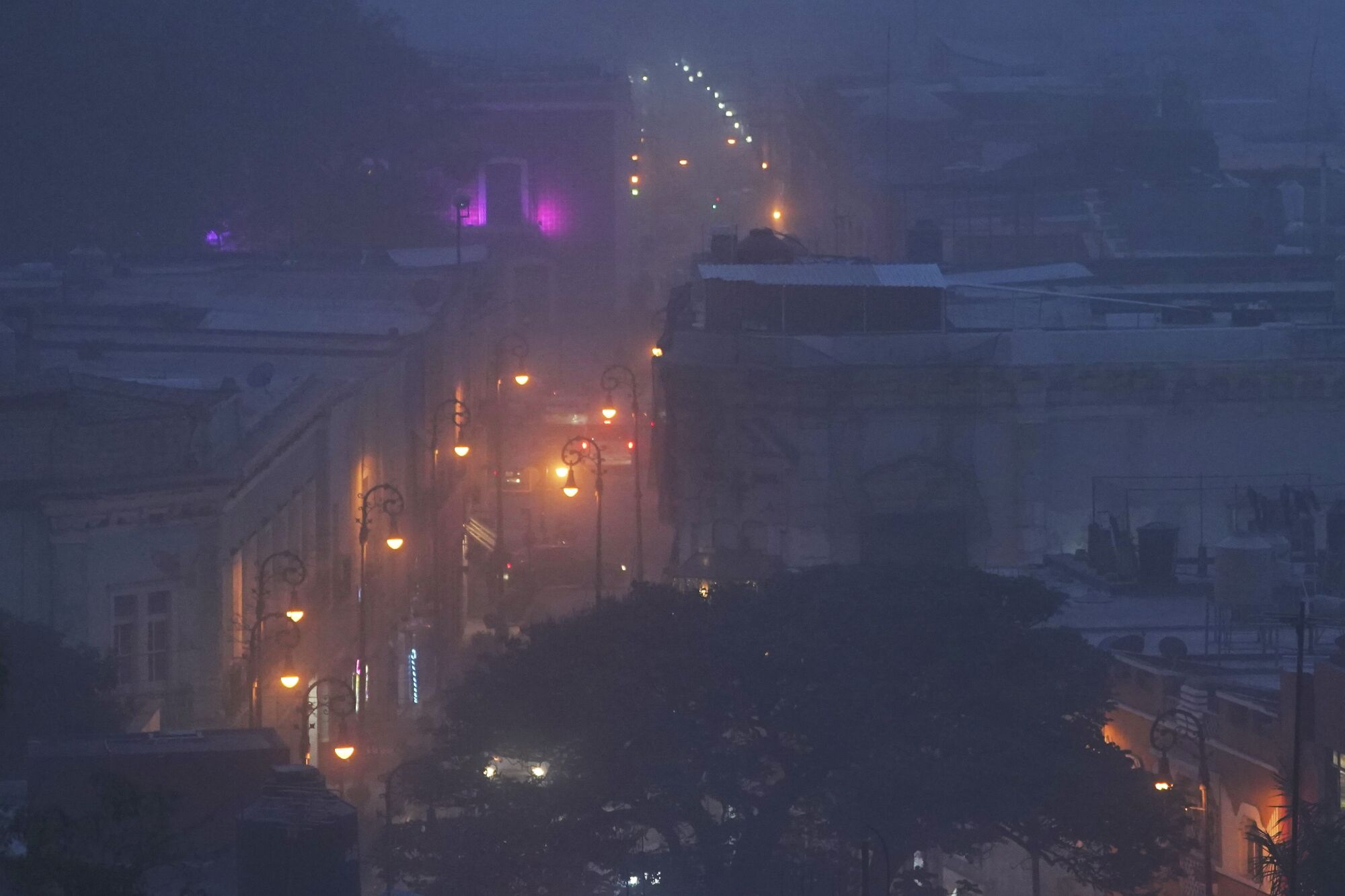Roger Waters says Nazi outfit at Berlin concert was anti-fascist

FILE PHOTO: GERMANY-MUSIC/ROGER WATERS reuters_tickers
This content was published on May 27, 2023
BERLIN/LONDON (Reuters) - Pink Floyd co-founder Roger Waters said he was opposing fascism and bigotry when he wore a Nazi-style uniform on stage at a concert in Berlin that led German police to launch an investigation into the British musician.
The 79-year-old said aspects of his performance at Berlin's Mercedes-Benz Arena that have been questioned were "quite clearly" a statement against fascism, injustice and bigotry.
"Attempts to portray those elements as something else are disingenuous and politically motivated," he tweeted.
Images from a May 17 concert showed the famed singer and bass player in a long black trench coat with bright red arm bands, aiming an imitation machine gun into the audience.
The outfit included a swastika-like emblem made of two crossed hammers - iconography that also appeared on costumes in a film based on Pink Floyd's hit 1979 album "The Wall", a critique of fascism.
Waters said the depiction of "an unhinged fascist demagogue" had been a feature of his shows since "The Wall".
Social media users defended Waters, saying the performance was a recreation of satirical scenes from the film starring rock star turned campaigner Bob Geldof and that Waters had worn the same costume in past concerts.
Nazi symbols, flags and uniforms are prohibited in Germany. Waters is being investigated under a separate law on suspicion of "incitement of the people", police said.
The costume worn by Waters "is deemed capable of violating the dignity of the victims, as well as approving, glorifying or justifying the violent and arbitrary rule of the Nazi regime in a way that disrupts public peace," a police spokesperson said.
Other German cities including Munich, Frankfurt and Cologne tried to cancel Waters' concerts after Jewish groups including the Central Council of Jews accused him of anti-Semitism.
Waters is a member of the Palestinian-led Boycott, Divestment and Sanctions Movement that targets Israel over its occupation of territories where Palestinians seek statehood.
He denied the accusations and the efforts to stop the concerts were unsuccessful. The final German tour date at Frankfurt's Festhalle venue on Sunday is still listed on Waters' website.
(Reporting by Friederike Heine in Berlin and Sachin Ravikumar in London, Editing by Andrew Heavens and Andrew Cawthorne)









